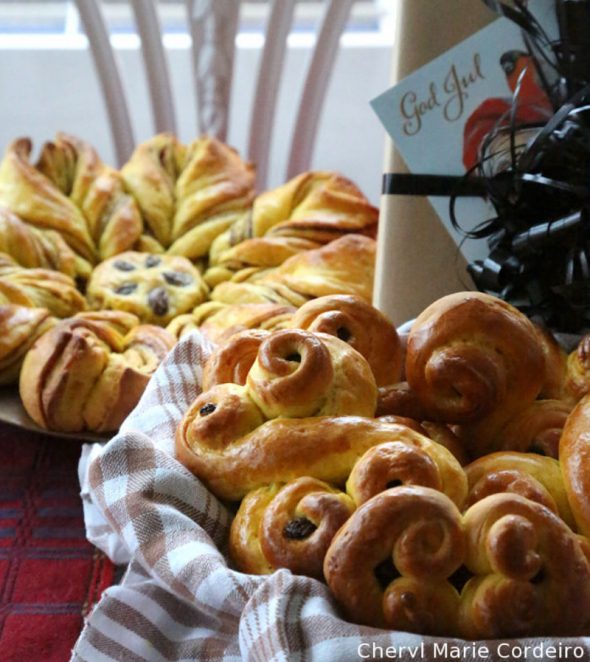Christmas table sitting at home at Styrsö, Gothenburg, Sweden.
Text & Photo © CM Cordeiro & JE Nilsson 2020
One of the more difficult things to manage is the process of change. For many years (could it have been more than a decade?) from when I was six to sixteen years old, the days of Christmas Eve, Christmas, and Boxing Day, ran like clockwork routine. Mass at midnight at a designated church on the Eve of Christmas. Relatives, my mother´s side, would visit on the day of Christmas, marked 25th December. And Boxing day would be a round of visiting older relatives on my father´s side. As a child, I would even know what to expect at each relative´s place. A piano performance and Christmas caroling with my Granduncle Oz. At his place, we would always be served tea, and some of his generously proportioned (palm sized) homemade pineapple tarts. The visit to my Grandaunt Ruth would mean I would come home with something from Japan. A short round of gin rummy with my Aunt Mary, saving the real rounds of gin rummy and sherry, for New Year´s Eve when my father´s side, “the Cordeiros”, would gather at my parents´place. And then, as day turned into evening, it would be quieter sessions for Boxing Day, with older aunts and uncles to visit on my mother´s side. There, we would have cashew cookies, peanut cookies and pineapple tarts. We would keep ourselves entertained by peering into aquarium tanks where they kept little rotund goldfish.







